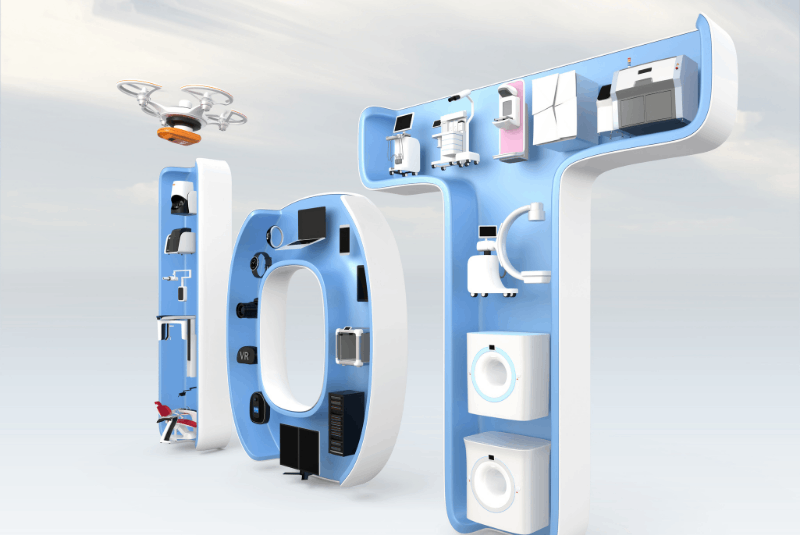Internet of Things (IoT) subjects to billions of devices in the world that are now connected by collecting and sharing data on the Internet. With the advent of super-cheap computer chips and wireless networks, switching from a small tablet to a large aircraft in an IoT component is possible.By connecting all these different objects and adding sensors to them, you can increase the digital intelligence level of otherwise dim devices and send data in real-time without human intervention.
The IoT is making the world’s fabric around us smarter and more sensitive, thus merging the digital and physical universes.
Know the History of IoT
Kevin Ashton, the co-founder of the MIT Auto-ID Center, first mentioned the IoT in a presentation he gave to Procter & Gamble (P&G) in 1999.
Desiring to bring radio frequency identification (RFID) to P&G management’s attention, Ashton incorporated a new trend from 1999 to call his presentation “Internet of Things”: the Internet.
MIT Professor Neil Jershinfield’s book, “Stones Start to Think,” was also published in 1999. It did not use a specific term, but it did provide a clear idea of where IoT is led.
What Can be considered as an Example of IoT?
Virtually any physical object can transform into an IoT device, connecting to the Internet to control or transmit information.
A light that can be turned on with a smartphone app is an IoT device, just like a motion sensor, a smart thermostat in your office, or a connected street lamp. An IoT device can be furry like a child’s toy or as serious as a driverless truck.
Some big things can be full of many small IoT components themselves. For example, the jet engine packed with thousands of sensors collects and sends data to ensure running efficiently.
IoT connects devices not traditionally Internet-bound, enabling autonomous communication. Wearables like smartwatches and fitness bands exemplify IoT devices.
What is the Importance of the Internet of Things?
The Internet of Things makes people’s lives and work smarter, while at the same time gaining complete control over their lives. In addition to providing smart devices to automate the home, IoT is essential for businesses. It provides IoT businesses with a real-time overview of how their systems work, providing insight into everything from machines’ performance to chain and logistics operations.
IoT allows companies to reduce labor costs and automate processes and it also reduces waste and improves service delivery, making the manufacture and distribution of goods less expensive and offering transparency in customer transactions.
Internet of Things: Several Benefits to Business
The Internet of Things brings several benefits to organizations. Some services are industry-specific, and some apply to multiple industries. Some of the general advantages of the IoT allow companies to:
- monitor overall business processes
- Improve the customer experience
- save time and money
- enhance employee productivity
- Integrate and adopt new business models
- make better business decisions
- generate good revenue
What is the Industry Internet of Things?
IIoT, Industry 4.0, and Fourth Industrial Revolution refer to IoT tech in business settings, driving industrial advancements. The concept is similar to consumer IoT devices in the home. The goal is to employ sensors, big data, AI, and analysis to optimize industrial processes through wireless networks and measurement.
Benefits That Consumer Avails
The Internet of Things promises to make our environment – our homes, offices, and cars – smarter, more measurable, and more talkative. Smart speakers such as Amazon Alexa and Google Home make it easy to play music, set timers, or access information.
Home security systems monitor indoors and outdoors, enabling visual contact with visitors. Smart thermostats preheat homes, while bulbs simulate occupancy during absence.

